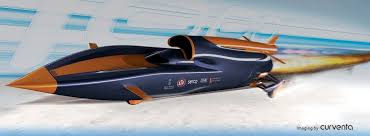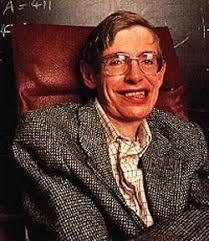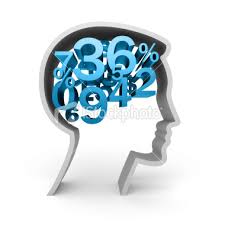Econometrists Calculate Fastest Possible Sprinting Time ScienceDaily (Aug. 7, 2009)
ScienceDaily (Aug. 7, 2009) — Just how much faster can an athlete run the hundred metres? The current world record, which belongs to Usain Bolt, stands at 9.69 seconds. Two econometrists from the Netherlands have calculated the ultimate records possible for the 100-metre sprint.
...According to Smeets and Einmahl, the fastest time that the men are capable of sprinting is 9.51 seconds, and for the female 100m sprinters, that would be a time of 10.33. In a more cautious estimate (95% confidence), the predicted times are 9.21 for the men and 9.88 for the women.
Extreme-value theory is a sub-sector of statistics, which tries to answer questions about extreme events (which by definition are uncommon), using information about less extreme events. The theory is normally applied within the financial and insurance world to estimate the risk of extreme damage resulting from storms, earthquakes or the bursting of a dyke, for example, in order to calculate premiums.
Read more....
(Image credit: blog.wonghongting.com)
 Called the Bloodhound project, it aims to take a car to a velocity of 1,000 miles per hour. Computational scientist Ben Evans is involved in the car's design and shape, and its driver will be Andy Green, a Royal Air Force fighter pilot and Oxford mathematics graduate. Green holds the current land speed record, 763 miles per hour, set in 1997.
Called the Bloodhound project, it aims to take a car to a velocity of 1,000 miles per hour. Computational scientist Ben Evans is involved in the car's design and shape, and its driver will be Andy Green, a Royal Air Force fighter pilot and Oxford mathematics graduate. Green holds the current land speed record, 763 miles per hour, set in 1997.

























